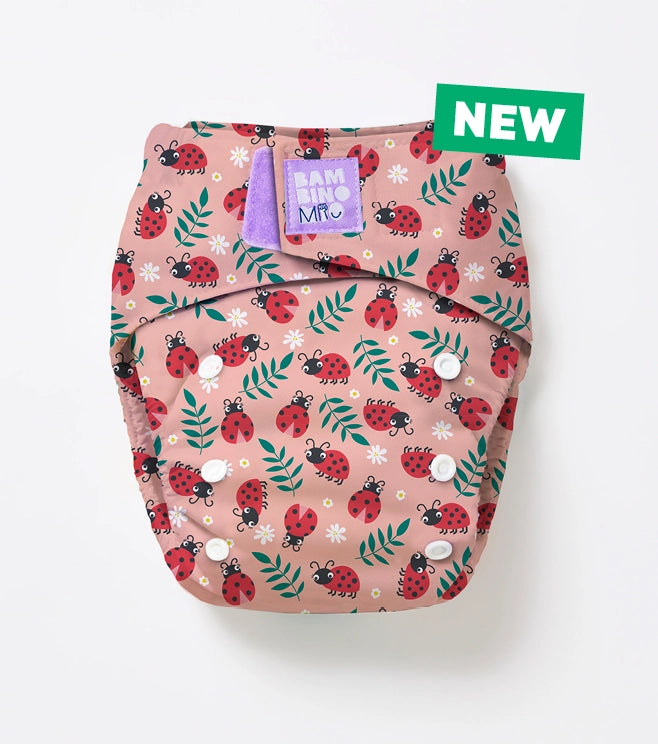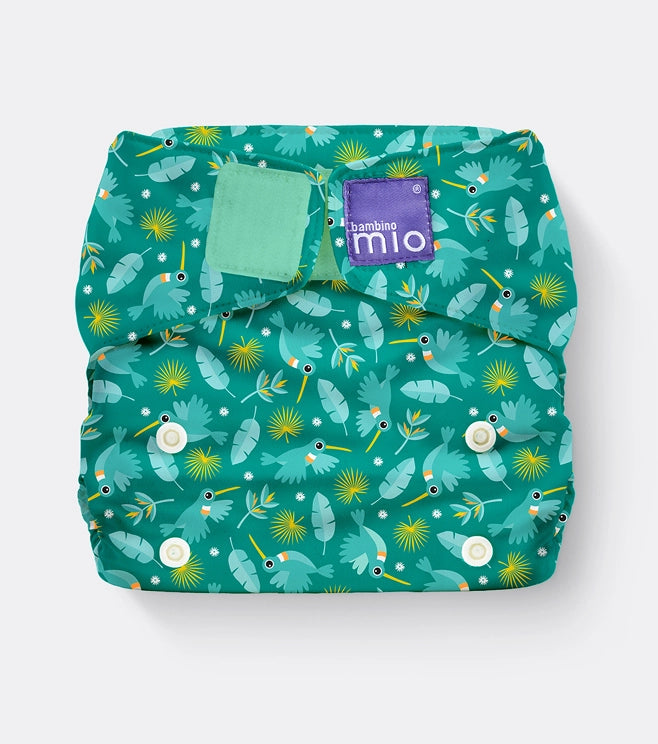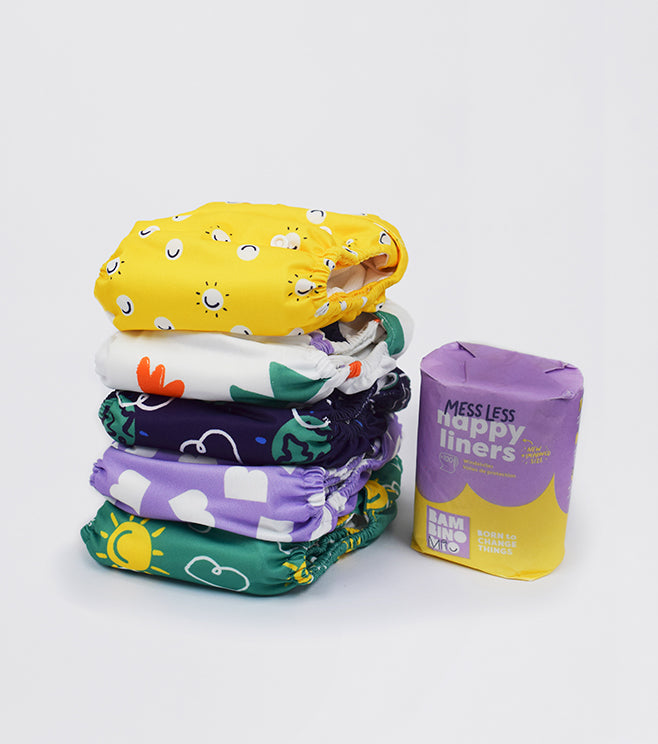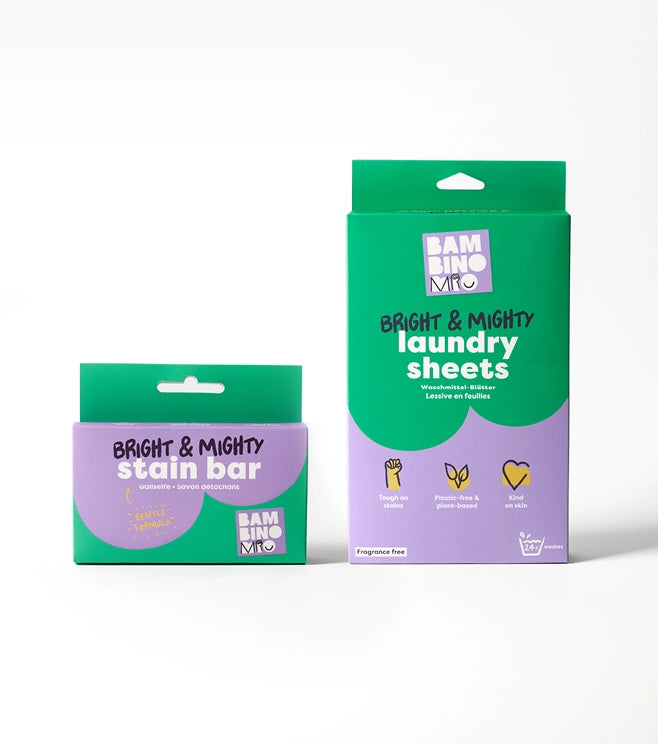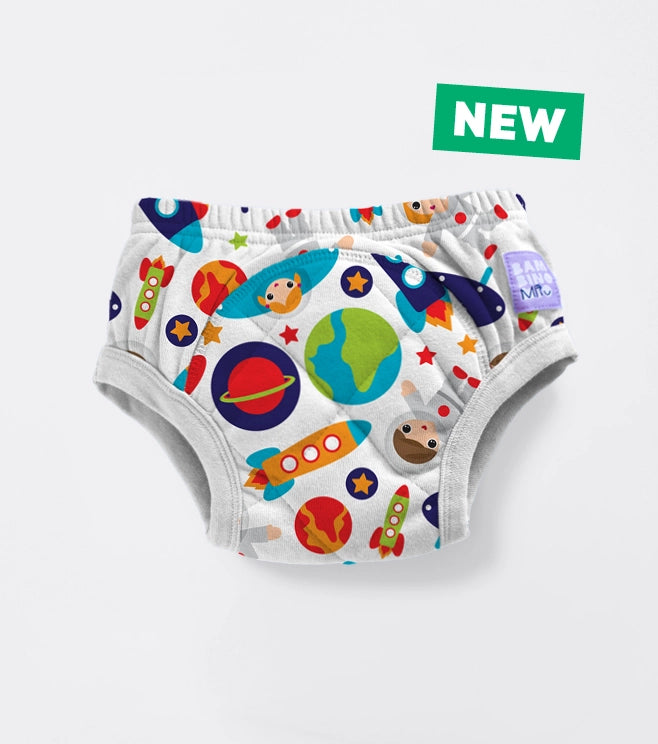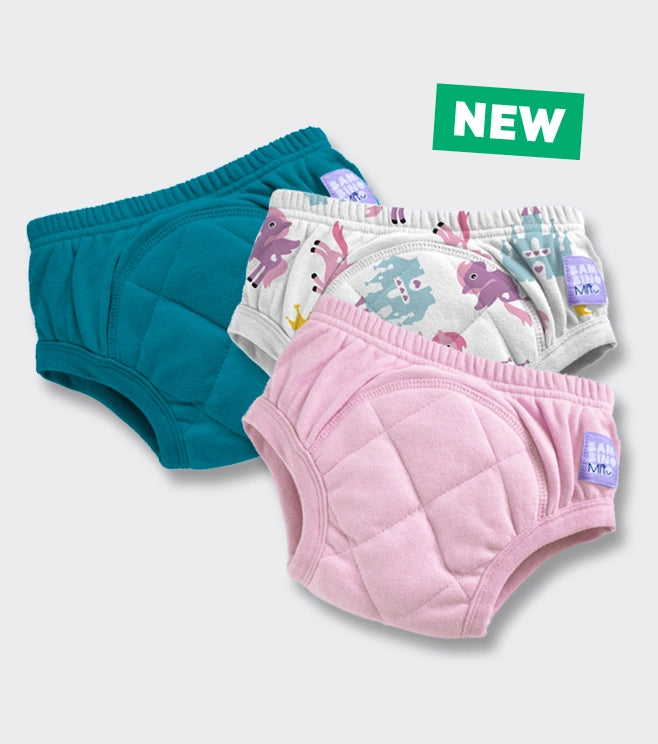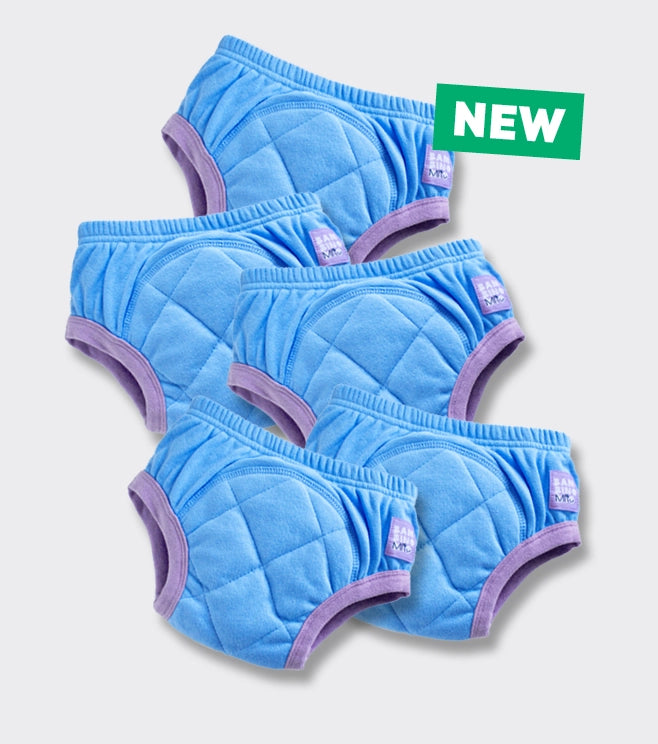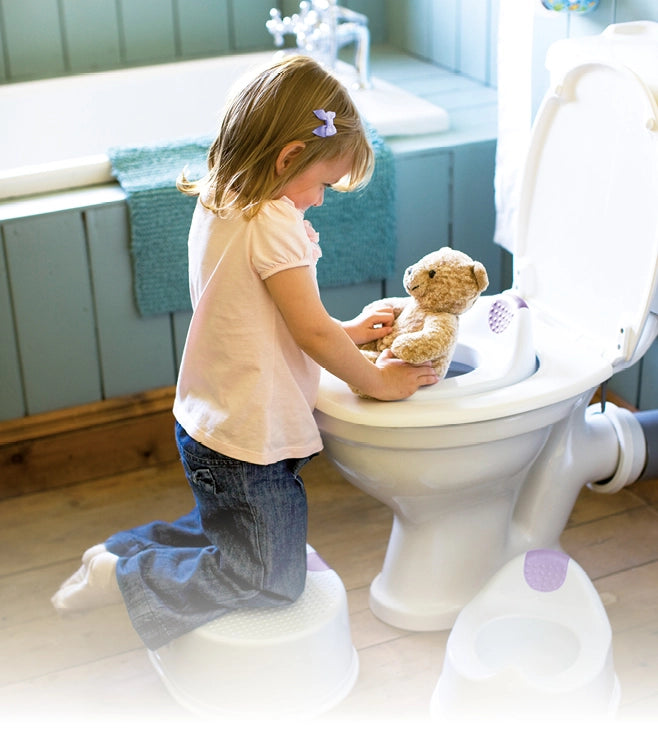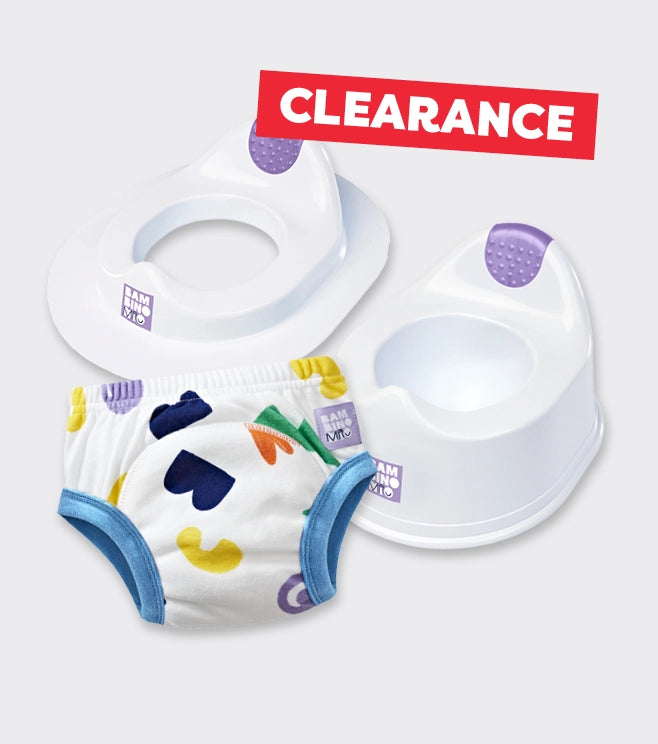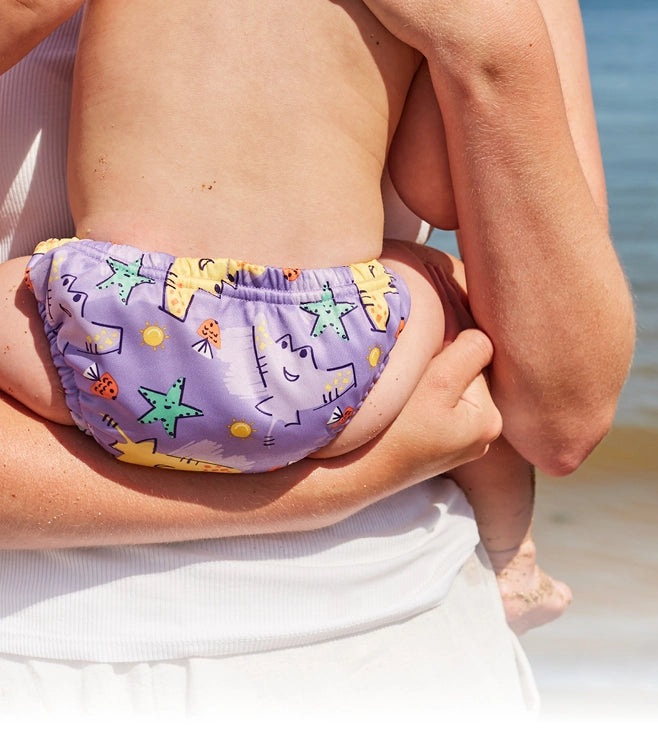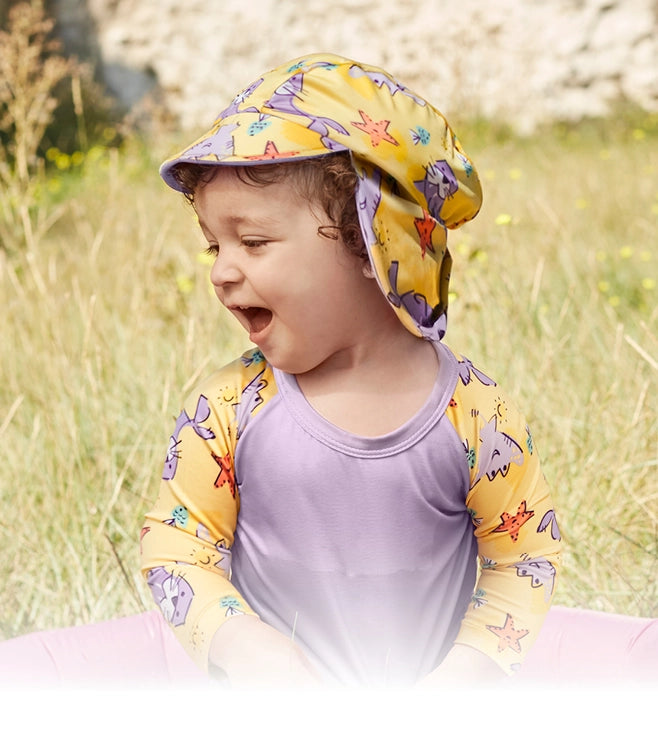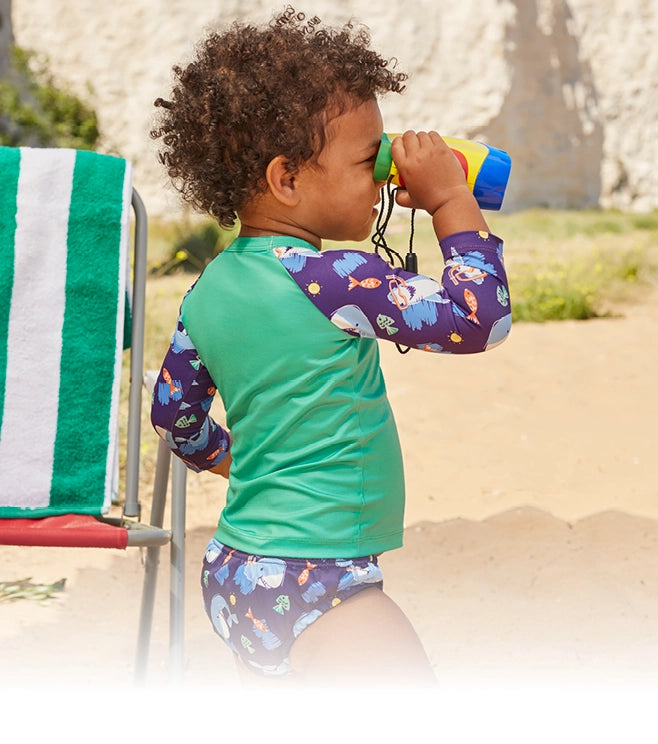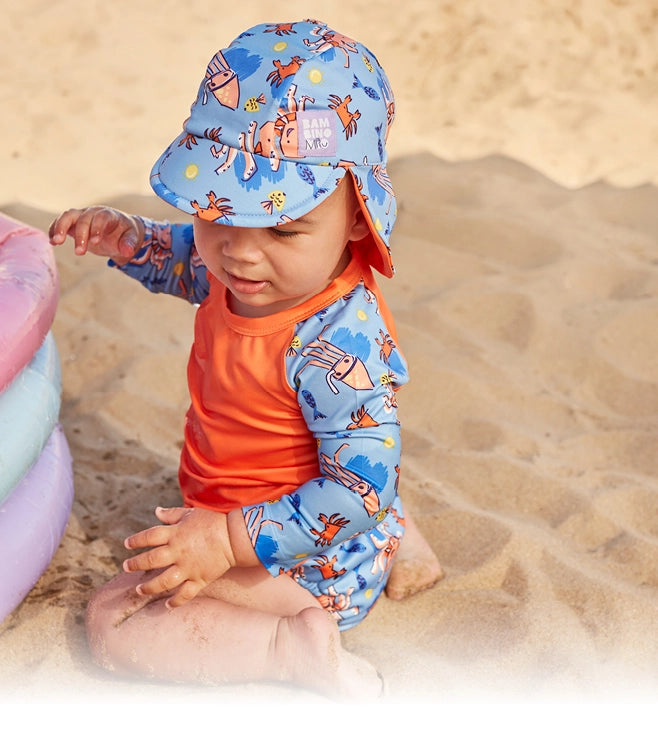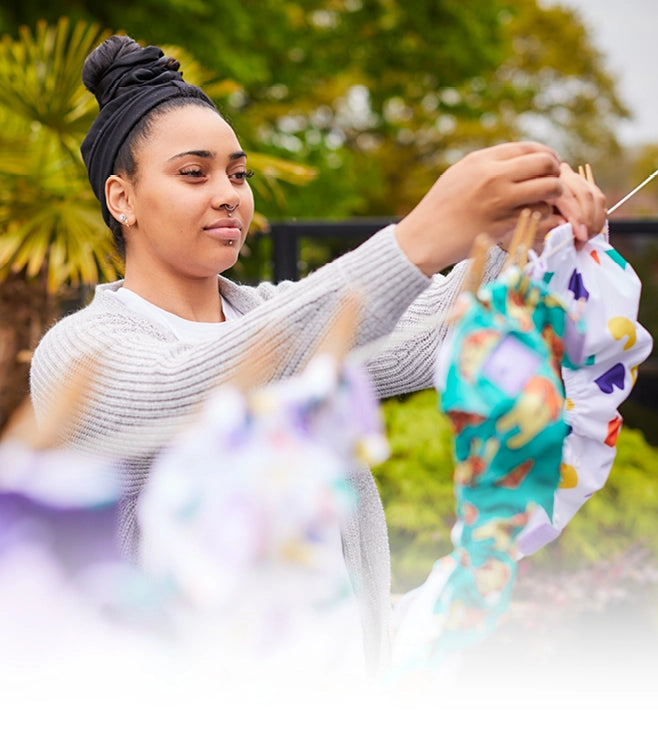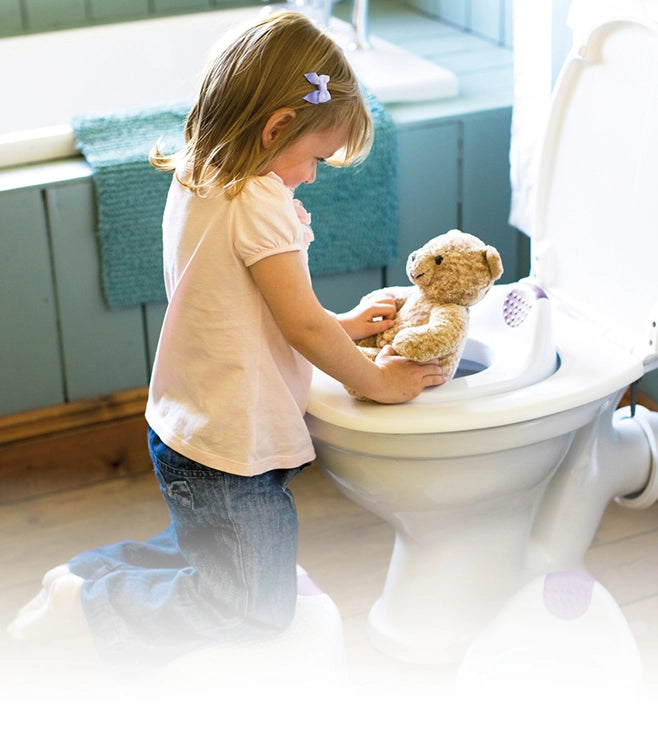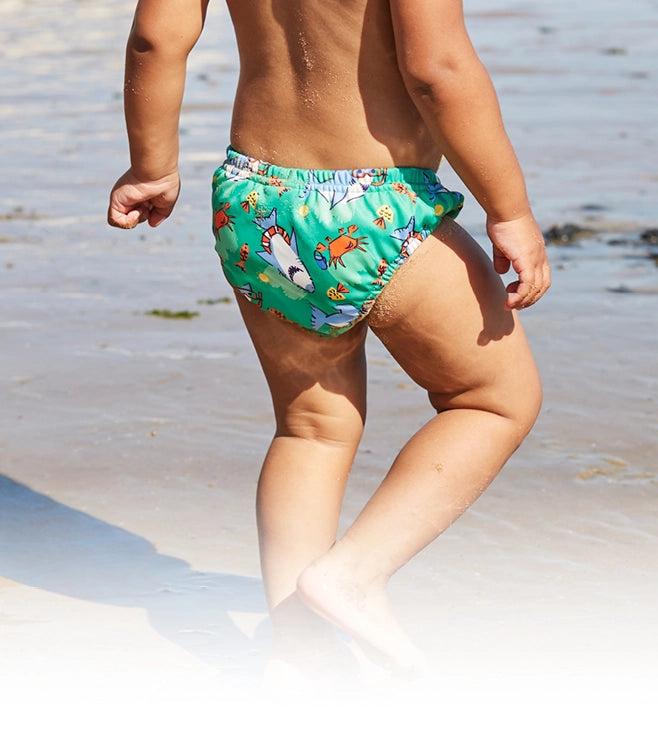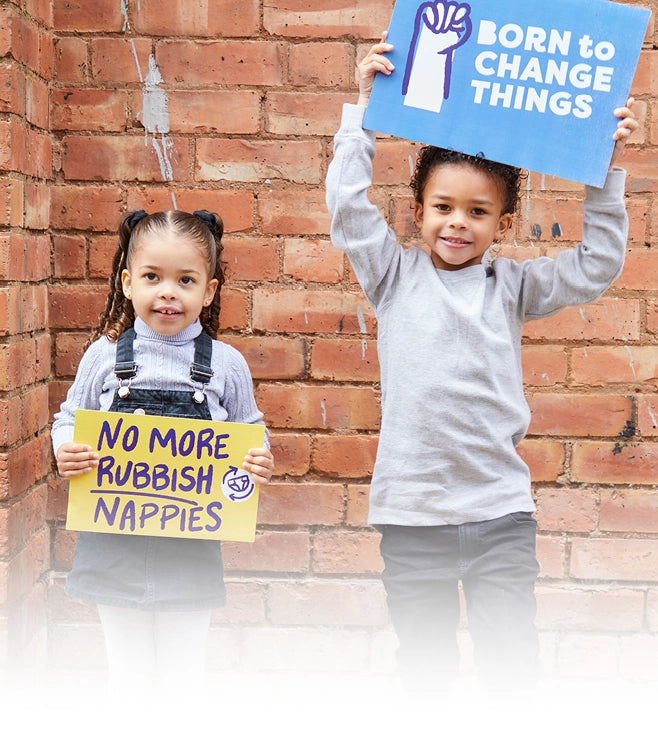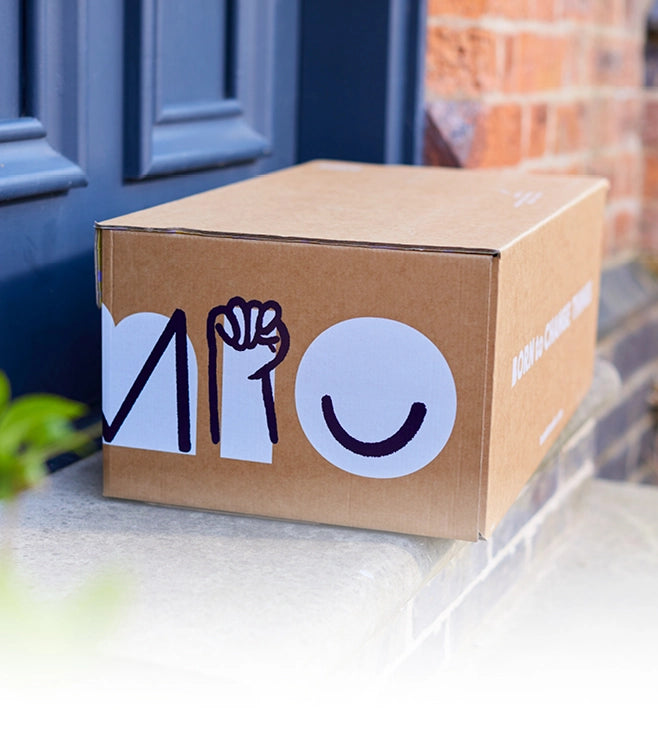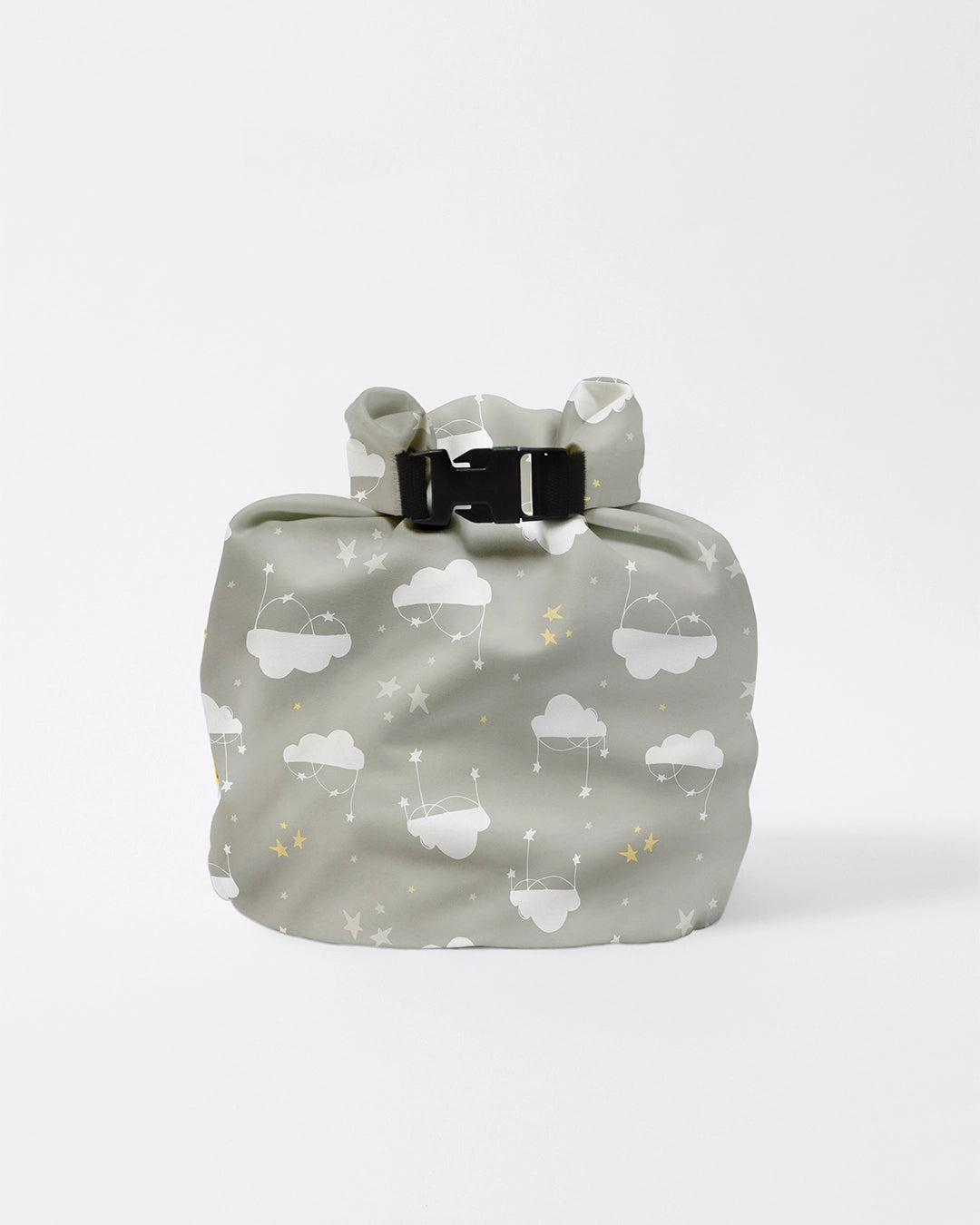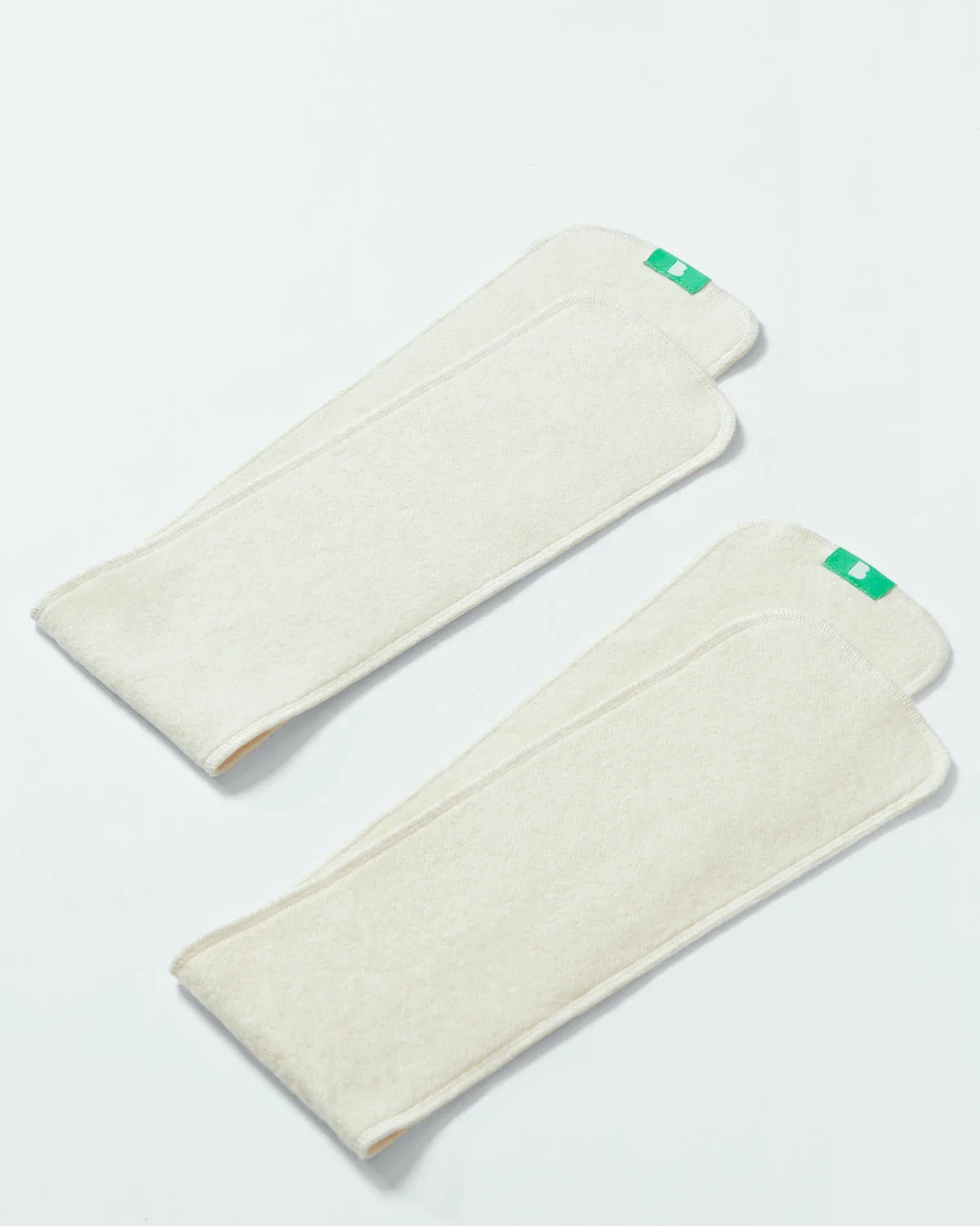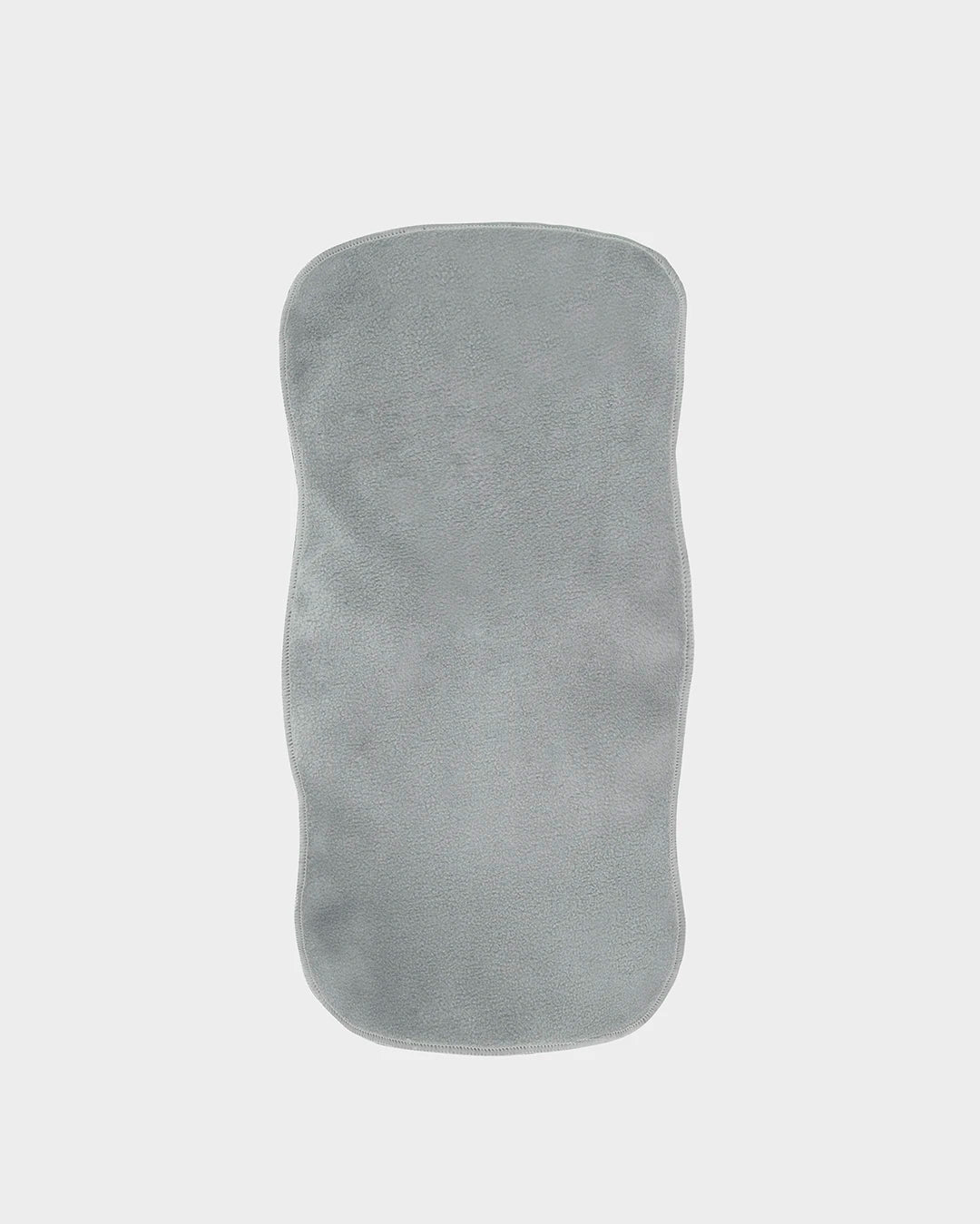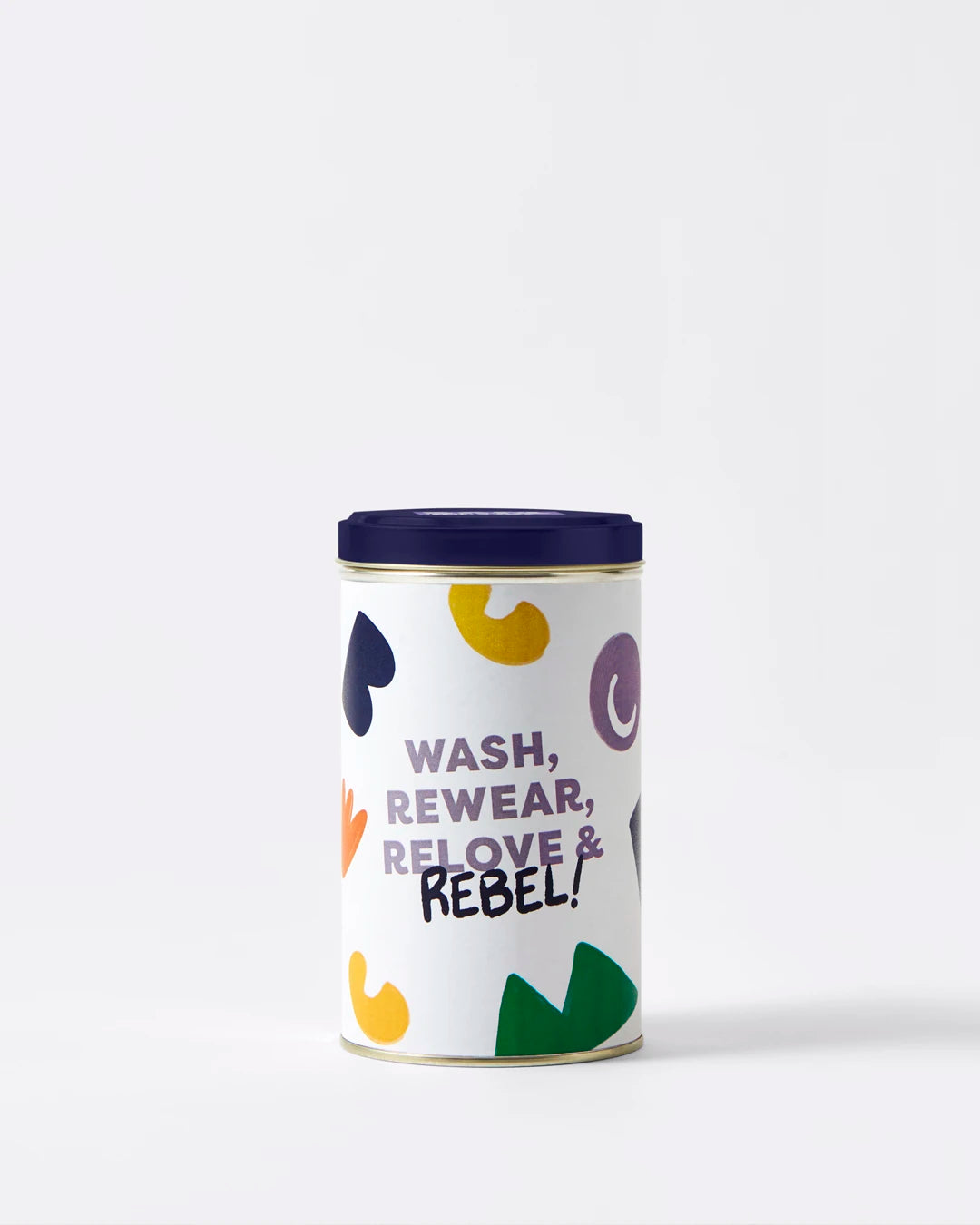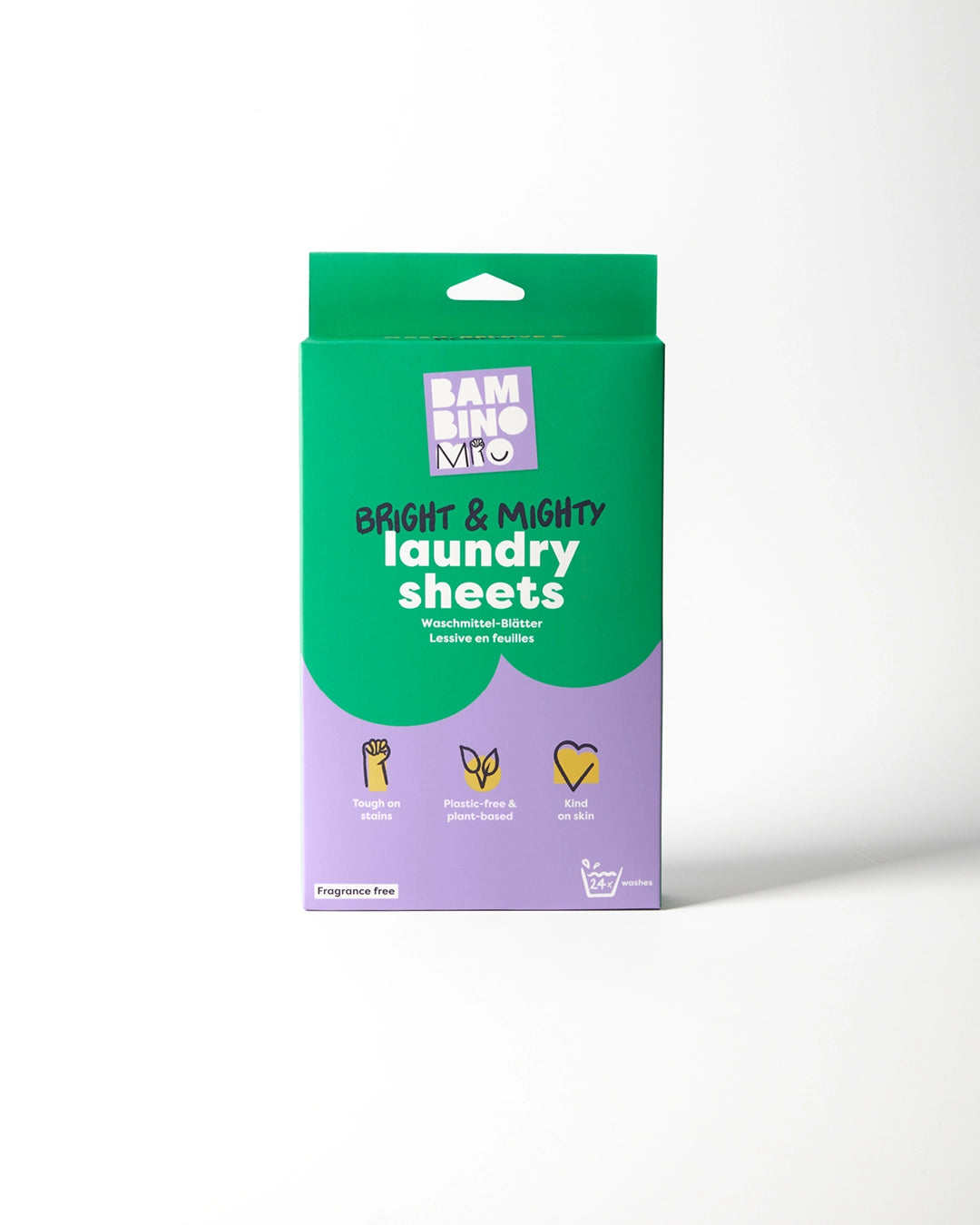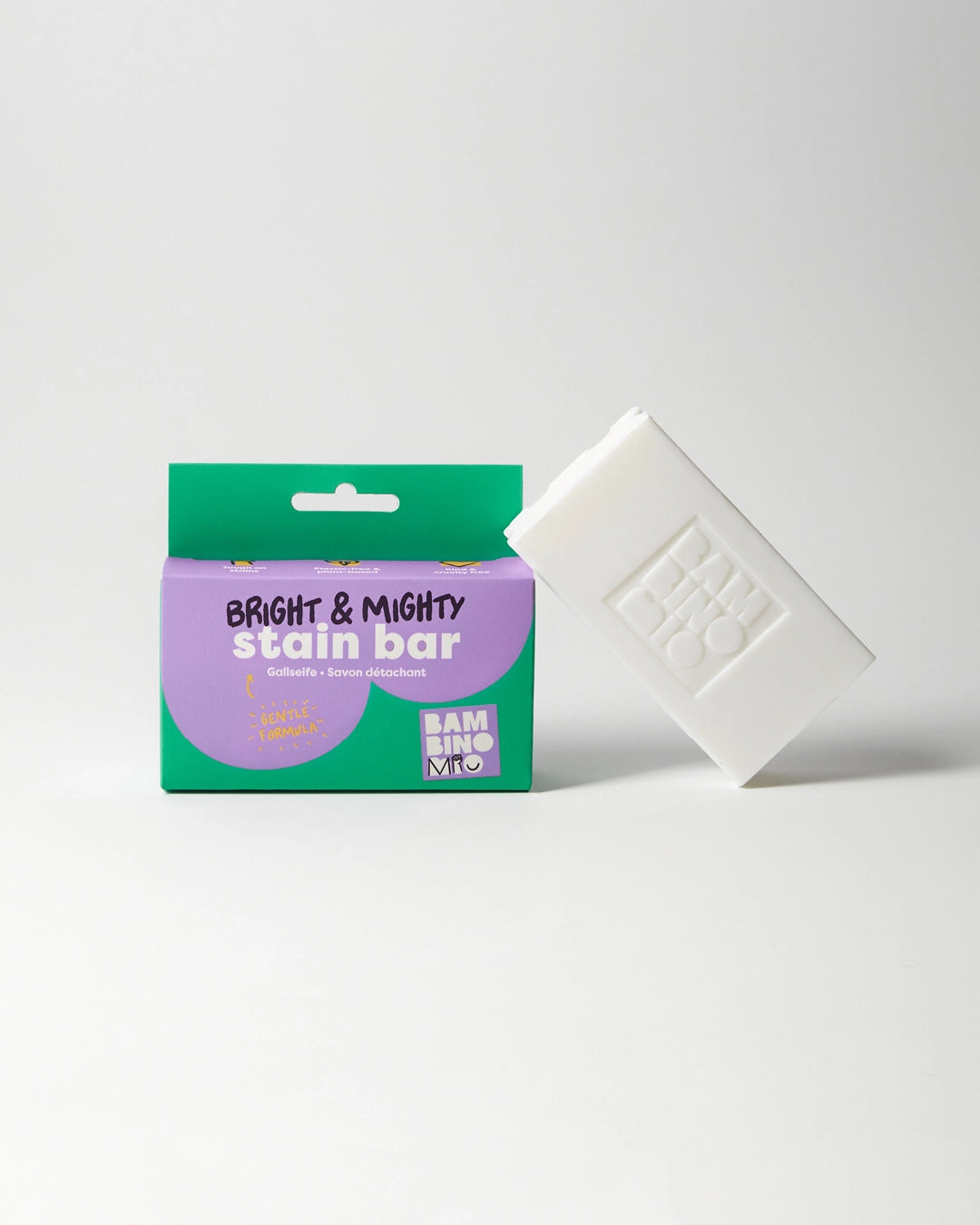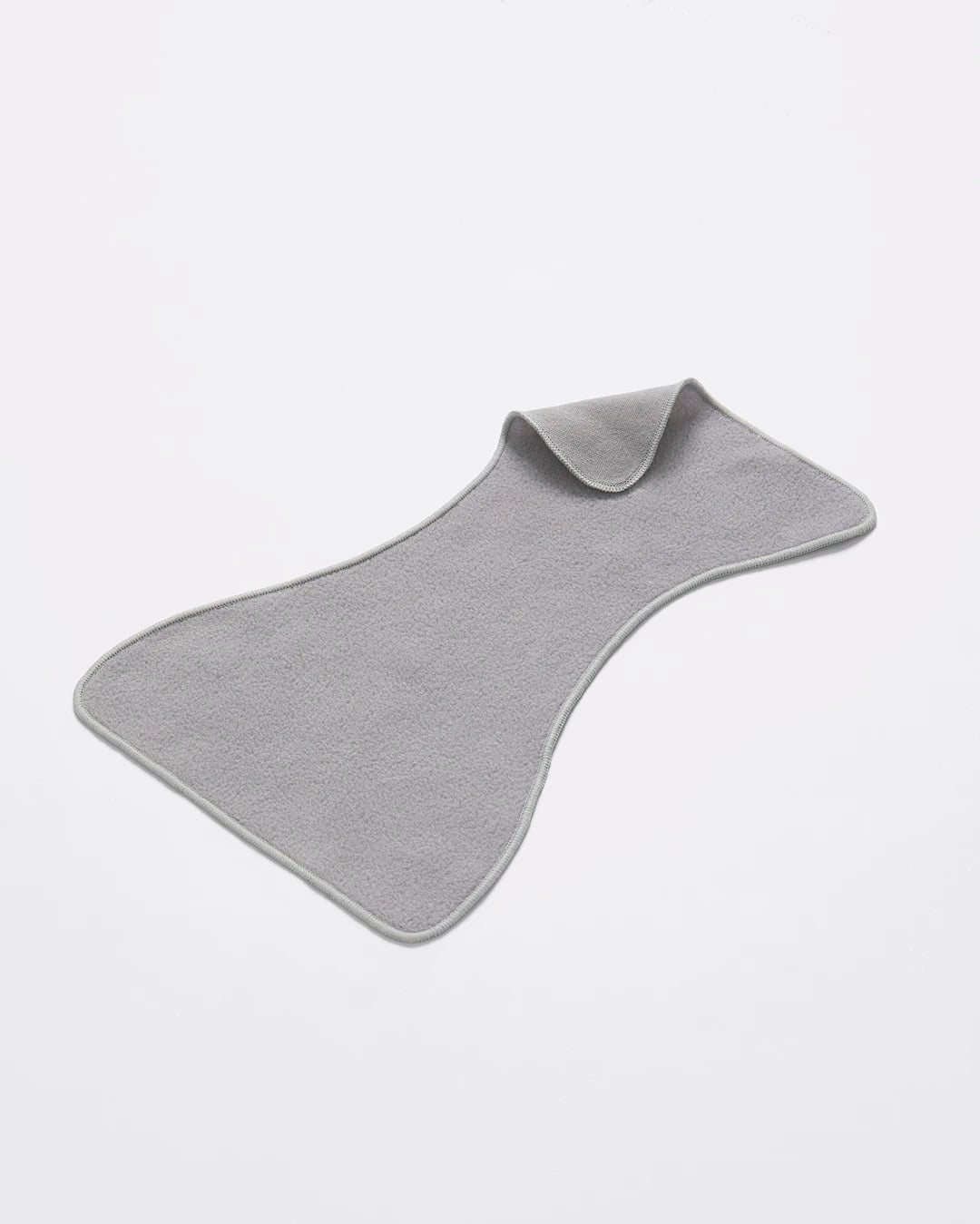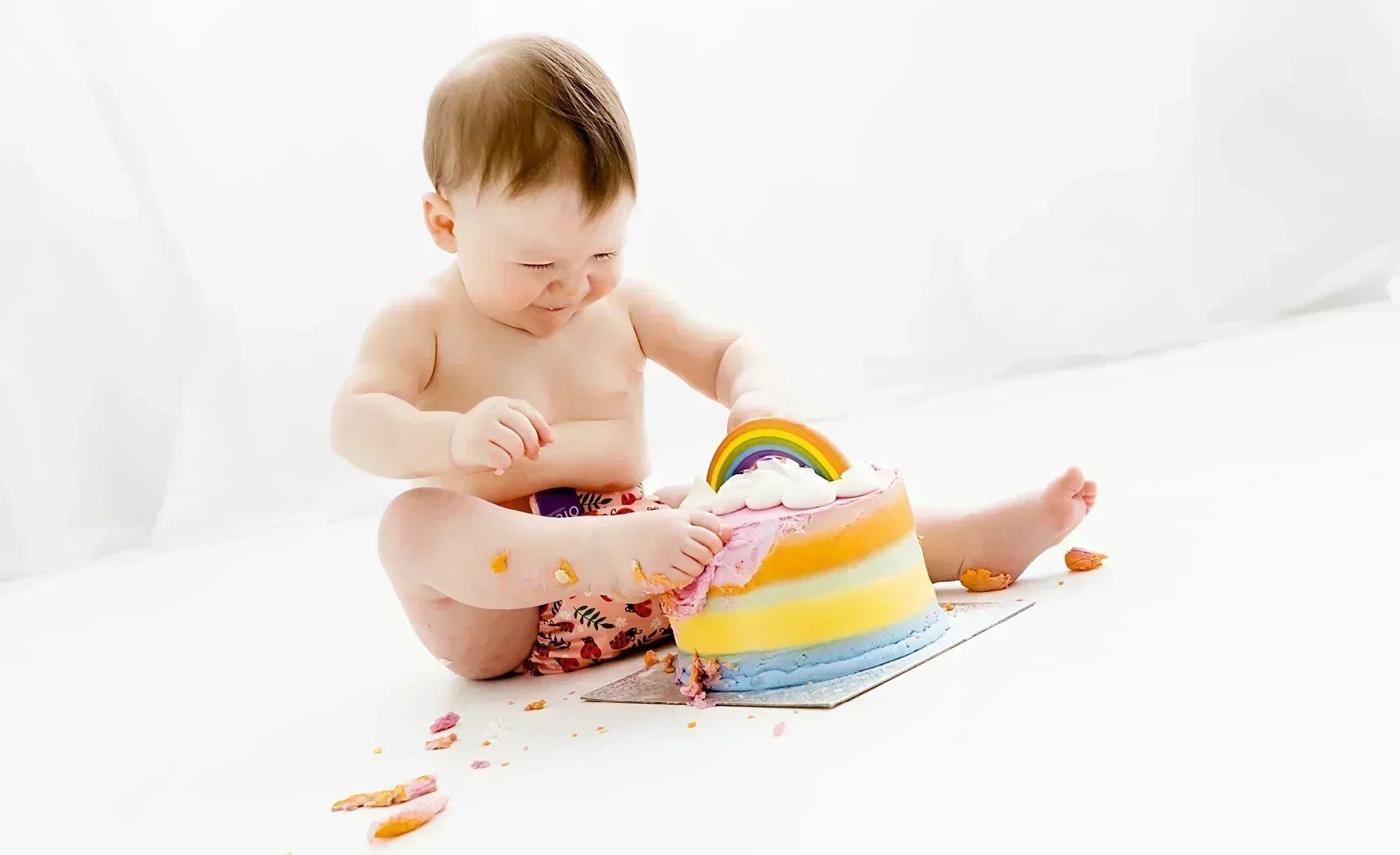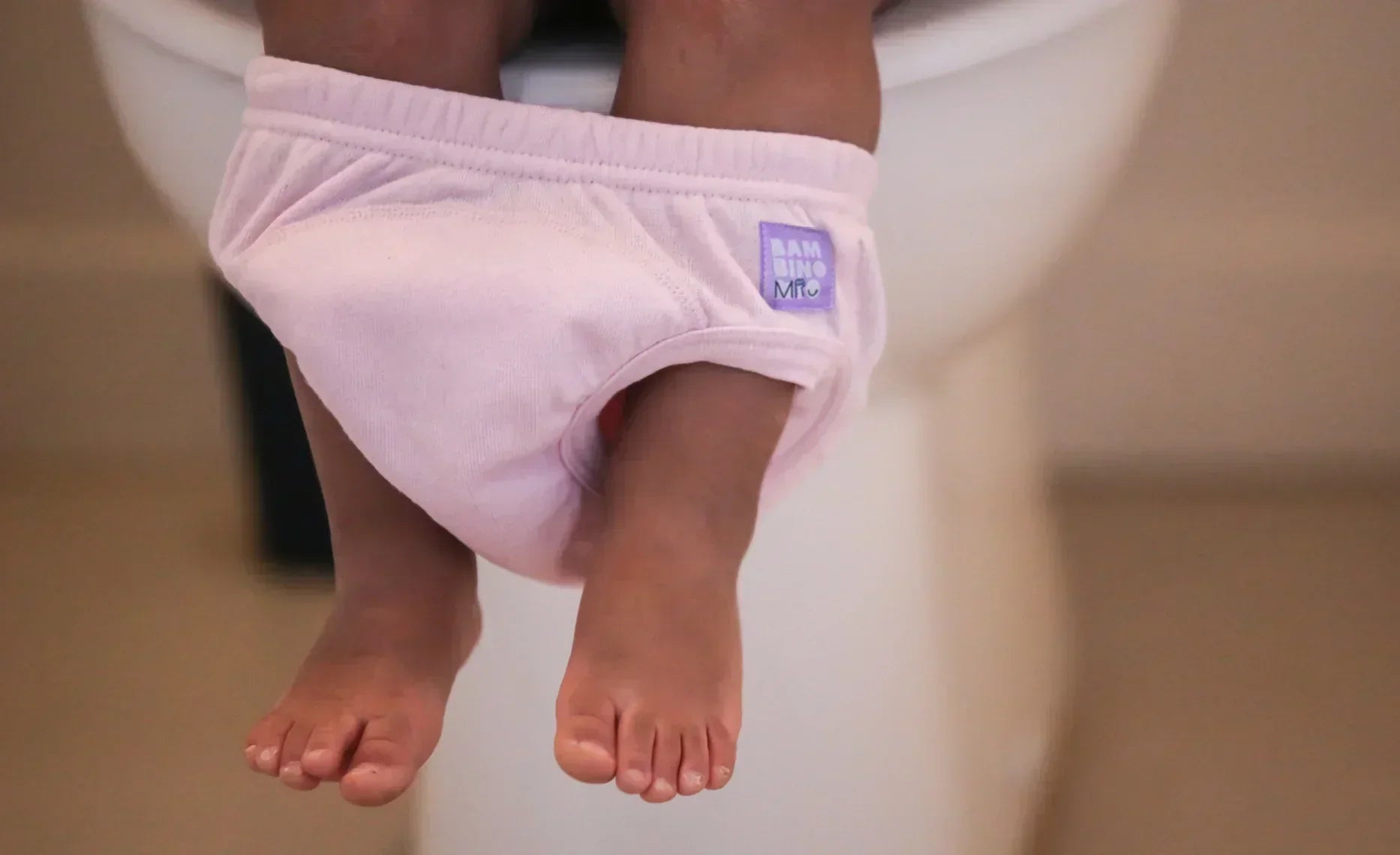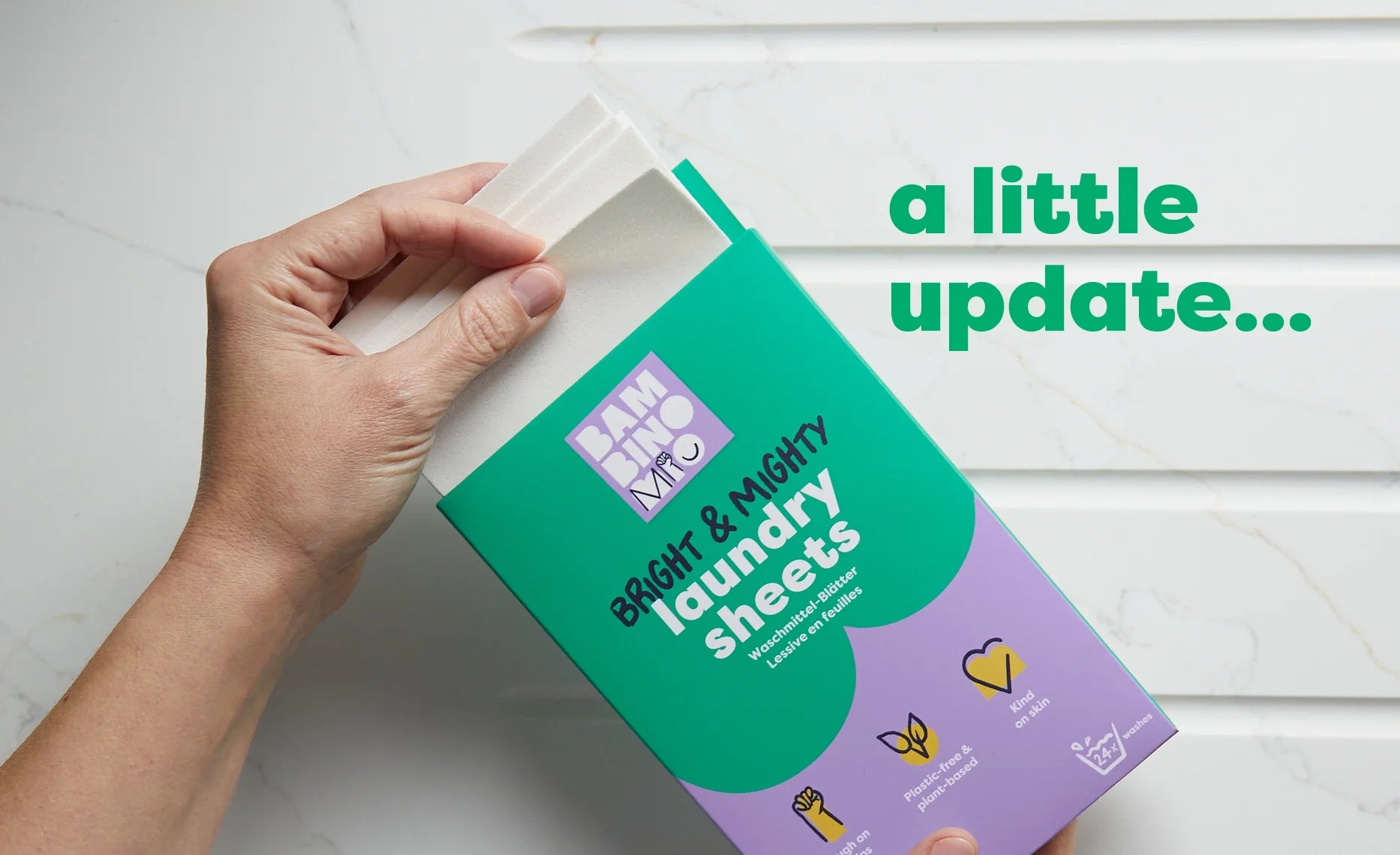Introducing Fish and Seafood to Your Baby
Share Options
- Bambino Mio
- 29 / 09 / 2023
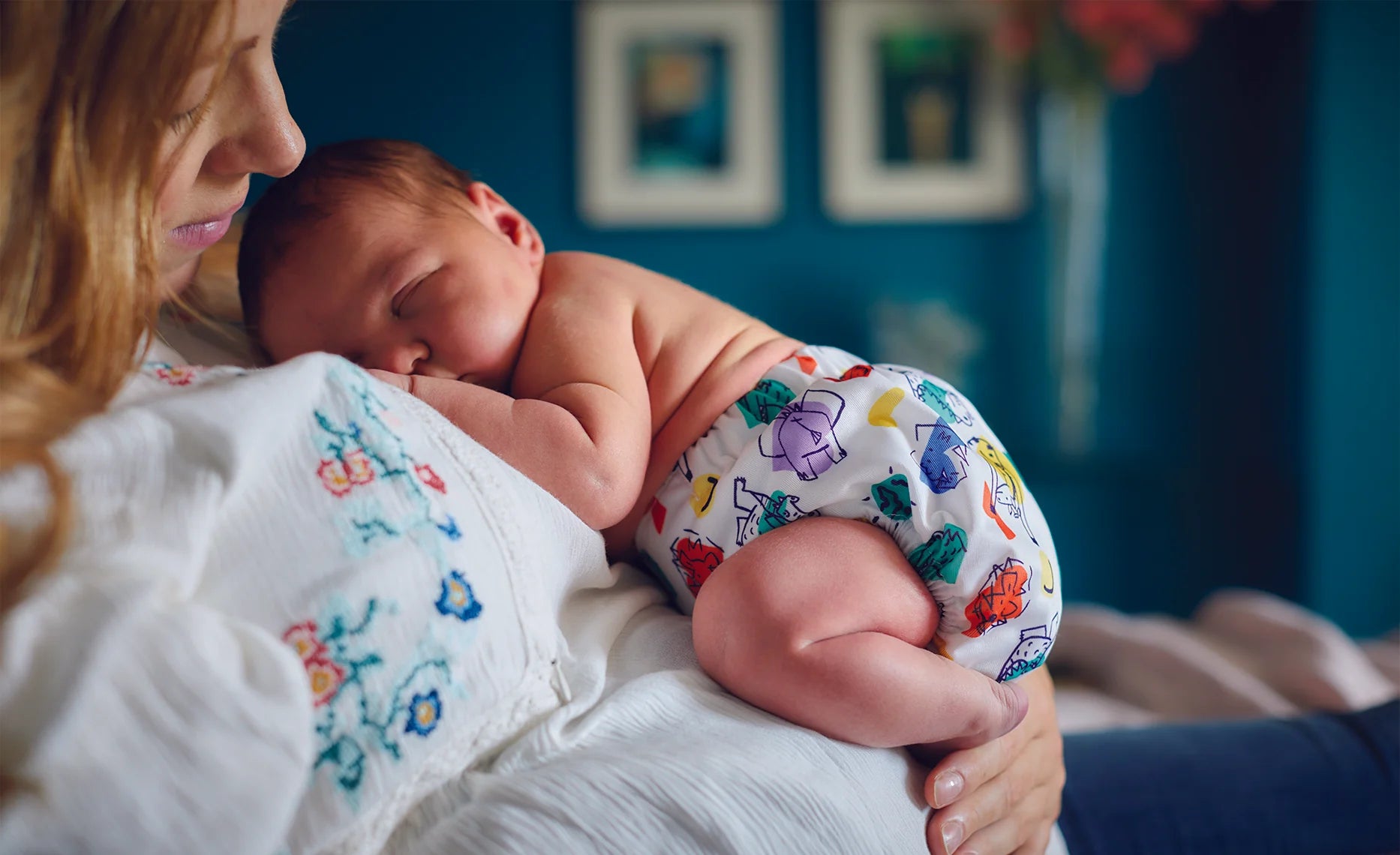
For your attention: The nutritional information within this article is intended solely for general informational purposes. It is not to be considered as a replacement for tailored medical advice from a certified healthcare professional. It is imperative to consult with your paediatrician or a qualified medical expert before introducing new food items such as fish or nuts into your infant's dietary regimen, especially if there are pre-existing health concerns or a familial history of allergies.
Inside this Article:
- Which fish is best to give to my weaning baby?
- Fish is great for baby-led weaning
- Which types of fish should I avoid giving to my baby?
- Are there any fish that are OK as an occasional treat?
- Girls should have no more than two portions of oily fish a week
- What about seafood?
- More about food safety and hygiene when cooking fish for your baby
- How to introduce fish and seafood to your baby
- Is fish good for my baby?
If you’re starting the exciting journey of weaning, you’ll probably be wondering when you can give your baby foods like fish and seafood.
The good news is that you can offer fish and seafood to your baby (1) soon after they start weaning and are getting the hang of solid foods. Your baby should start off with purees (or pieces, if you’re doing baby-led weaning) of single fruits and vegetables before progressing to something more challenging like meat or fish.
Which fish is best to give to my weaning baby?
Soft, plain fish like salmon or cod are good to start off with as they won’t be too much of a surprise for your baby. Once they’re an established fish fan, you can branch out to other varieties, with stronger tastes, such as haddock and tuna.
The NHS advises that babies should eat two portions of fish a week, one of which should be oily fish like salmon or sardines.
Fish is great for baby-led weaning
Fish fingers in particular are popular with older babies who are learning to feed themselves as they’re easy to pick up. Some shop-bought fish fingers might have too much salt in (2), so you might want to make your own.
Smoked fish are also best avoided due to the high levels of salt they can contain.
Which types of fish should I avoid giving to my baby?
You shouldn’t give your baby any fish with bones in, so make sure all bones are removed.
According to the NHS, children under the age of 16 should avoid:
- Swordfish
- Shark
- Marlin
These fish can contain high levels of mercury (3), which can interfere with the development of the nervous system.
Are there any fish that are OK as an occasional treat?
Some types of fish can contain high levels of pollutants, so you should only give them to your baby very occasionally, if at all. These fish include:
- Sea bass
- Sea bream
- Halibut
- Turbot
- brown crab meat
- Rock salmon
- Tuna
- sea bream
- sea bass
Girls should have no more than two portions of oily fish a week
This might sound shocking, but there’s a good reason. The pollutants in oily fish can build up in the body and, in the case of girls and women, could affect the development of their babies in the womb (4).
Boys can have up to four portions a week of oily fish. Oily fish types include:
- Pilchards
- Salmon
- Sprats
- Herring
- Trout
- Mackerel
- Sardines
You can give your baby as much white fish, such as cod, plaice, pollock and haddock as you (or they, rather) like.
What about seafood?
You can give your baby seafood and shellfish at around the same time as you start giving them fish, although maybe not in the same week, to maintain variety.
You should, however, make sure that any seafood or shellfish you give to your baby is well cooked. Your baby is more vulnerable to food poisoning bacteria than adults (5), so take extra care when serving foods like clams, prawns and mussels to them.
More about food safety and hygiene when cooking fish for your baby
You should always be careful when preparing fish and seafood, but especially so when it’s for a baby or a young child. To reduce the chance of food poisoning, you should:
- Wash your hands well, before and after handling fish or seafood
- Not let raw fish or seafood come into contact with food that’s ready to eat or cooked
- Use separate utensils and plates for prepping raw fish and seafood
- Thaw out frozen fish and seafood in the fridge overnight or defrost it briefly in the microwave
How to introduce fish and seafood to your baby
Fish as a puree
Starting off with a fish puree can work well, especially if you mix it in with a familiar vegetable, so your baby gets used to the new flavour. You can poach cod or salmon in milk and blend it into a fine puree before mixing it in with a favourite like sweet potato, for example.
Fish as finger food
If you’re doing baby-led weaning (6) or if your baby is ready to move on from purees, you can roast or poach cod or salmon, cut it up and offer it to your baby. They’ll really enjoy picking up flakes and small chunks and feeding themselves (just take care with bones) and it’s great for developing eye-to-hand coordination and their pincer grasp (7).
Is fish good for my baby?
It certainly is! Fish is a great source of:
- Protein for growth and repair
- Omega-3 fatty acids for heart health
- Vitamin D for healthy bones, teeth and muscles
- Iodine for a healthy metabolism
Fish is also low in fat, especially white fish like cod and pollock.
Citations and References
(1) National Health Service (NHS). ‘Start for Life. What to Feed Your Baby. From Around 6 Months.’ Web. www.nhs.uk/start-for-life/baby/weaning/what-to-feed-your-baby/from-around-6-months
(2) National Health Service (NHS). ‘Foods to Avoid Giving Babies and Young Children.’ 2022. Web. www.nhs.uk/conditions/baby/weaning-and-feeding/foods-to-avoid-giving-babies-and-young-children
(3) National Health Service (NHS). ‘Food Types. Fish and Shellfish.’ 2022. Web. www.nhs.uk/live-well/eat-well/food-types/fish-and-shellfish-nutrition
(4) National Health Service (NHS). ‘Food Types. Fish and Shellfish.’ 2022. Web. www.nhs.uk/live-well/eat-well/food-types/fish-and-shellfish-nutrition
(5) National Health Service (NHS). ‘Children’s Food: Safety and Hygiene.’ 2022. Web. www.nhs.uk/conditions/baby/weaning-and-feeding/childrens-food-safety-and-hygiene
(6) National Health Service (NHS). ‘What is Baby-led Weaning?’ 2023. Web. www.justonenorfolk.nhs.uk/healthy-lifestyles/infant-feeding/weaning-moving-on/what-is-baby-led-weaning
(7) Healthline. ‘Why a Pincer Grasp is Essential For a Baby's Development.’ 2018. Web. www.healthline.com/health/pincer-grasp#development


